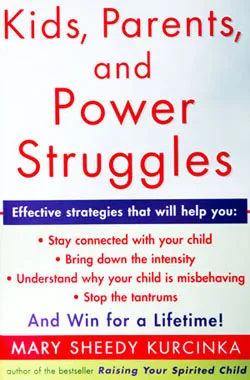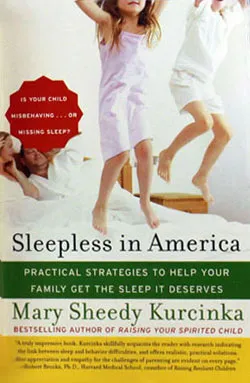The threat of Coronavirus ignites feelings!

If you are wondering what that “feeling,” is within your body, it’s likely your arousal system at work. The arousal system is the body’s built-in wiring that regulates our fight, flight, or freeze responses, energy levels, sleep cycles, digestion, heart rate, breathing, and attention.
Like a command center, when the arousal system perceives any threat—it sends a signal to the body’s biological systems: “Pay attention! Be on alert for potential danger.” It then accelerates the heart, pulse, and breathing rates, increases blood flow to our muscles, and shifts our focus to the threat at hand.
This time of coronavirus has our bodies in a constant state of “threat.” But when there is no direct “threat” at hand it emerges in what we would identify as stress.
That stress bubbles over in four common reactions.
- Fight – A compelling desire to pick a fight or control something!
- Flight – A desire to run away and hide from this chaos.
- Freeze - A shut down of all systems, an inability to make decisions, get dressed or even get out of bed.
- Gather Me In – A desire to hold all your loved ones close and a feeling of near panic when you can’t.
These reactions are true for both adults and children. In the weeks ahead Lynn and I will be offering insights, strategies and questions to help process what you and your children are experiencing. Our hope is that by identifying the feelings/emotions, giving them a name, validating their significance and offering strategies to move through them, we can remain connected and calmer during this very difficult time. We are here to help. Dr. Mary and Lynn
Display All Posts
Search by Topic:
Popular Posts:
- When your child yells at you: Expecting and Coaching respectful behavior
- 5 Tips to Stop the 'Strike out Tantrums:' Hitting, Biting, Kicking and Name-calling
- Why is my child suddenly clingy?
- Ten Steps to a Peaceful Bedtime for Your Spirited Child
- When Your Child’s Meltdowns Might Ruin Vacation






